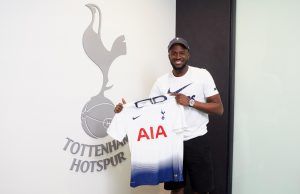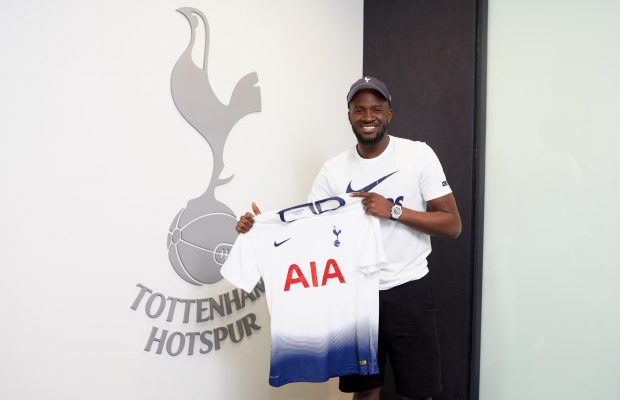How Chelsea’s distribution helped them defensively against Swansea
After a disappointing draw last weekend, Chelsea FC secured three points to maintain their top 3 position in the table.
Having switched back to their former 3-4-3 structure, Blues were better in possession and creation. In fact, their aggressive attacking moves right from the kick off depicted they must have planned to score an early goal.
Chelsea’s ball distribution
Chelsea maintained good ball distribution throughout the pitch.
Fabregas kept circulating in the mid-to-front region while Christensen kept doing so at the back to play as the fulcrum in order to balance the distribution and maintain possession in their respective zones.
Fabregas, being placed at the center of midfield, came forward every so often to win loose first and second balls outside the box. Kante, on the other hand, stayed behind to stop any counterattacking threats.
Morata too kept dropping back into the passing lanes to escape Swansea’s pressing and assist his team in distribution. In fact, Chelsea were better in distribution than their clash against Liverpool days ago.
Chelsea’s creation from the width
Swansea’s defensive plan was to stay compact in the central zone outside the box which resisted Chelsea to create from the center.
Even Fabregas’ through passes and crosses were mostly unable to link timely to the final third.
As a result, he got involved more in distribution and maintaining possession from the midfield than in creation until Chelsea were able to penetrate into their attacking zone.
However, Swansea’s compression game opened up the wings for Chelsea and provided space to Alonso and Zappacosta. Chelsea also exploited this lack of positional awareness by the home team by compressing the ball at one flank (mostly right) to make space at the other (left).
Since the away team was not vertically compact, Chelsea soon became able to infiltrate the attacking third through their full-range distribution of ball across the width. They maintained their possession there for the rest of the game.
This could be the lack of positional awareness of the away team in their box that Kante’s overhead pass towards the goal, after he received the corner, turned into a goal by Rudiger.
Rudiger, Morata, and some other players were already able to breach into Swansea’s wall right after the kick.
Swansea’s limited holding in Chelsea’s half
Swansea were mostly unable to gain and maintain their possession in Chelsea’s half until the last quarter when they managed to improve their distribution a bit.
However, their passing structure was not coherent enough to maintain possession for long.
Swansea played long passes whenever they got to build from the back.
In response, Chelsea became concentrated at the back which allowed them to win back the possession there. At other times, the away team played their tiki taka style but as usual this was restrained to their own half without creating anything meaningful.
They were also not too quick on the counter and with Chelsea pressing them heavily they continually ended up losing possession to them.
Chelsea dominated attacks but weren’t clinical enough
Chelsea’s balanced distribution allowed them to keep making attacking moves.
In the second half, they got even quicker in build ups and counters and were penetrating Swansea’s goal area more than before.
In some way, their constant attacking moves led the way to Chelsea’s goal as this made them dominate in Swansea’s box, even though the goal was indirectly resulted from a set piece.
Chelsea did make significant attacking interchanges in the final third, but they just somehow couldn’t finish well.
At one instance in the first half, Willian having an open goal for few moments could have scored directly from there. Yet, he gave an unfairly high overhead pass to Pedro at the far side of the goal which he obviously missed.
Then in the second half, Willian’s pass to Pedro got incorrectly hit, or say touched, by Pedro even though the latter was just in front of the goal.
Chelsea switched to 3-5-2
In the last quarter, Swansea created some dangerous attacking threats to Chelsea for some time and expanded their formation towards wings to press Chelsea’s wing-backs.
Yet, with all three substitutions made in that time by Conte, the fresh legs assured to continue their team’s dominance.
Also, as Drinkwater joined in, the team restored to a 5-man midfield to enhance solidity and clear the counter attacking threats. This also gave Fabregas more liberty to join the attack.
Conclusion
Chelsea’s ball handling in wider areas and quick reaction to loose balls allowed them to dominate the possession.
However, the scoreline still seems inadequate given that the away team is struggling even in the relegation zone. The Blues should have scored more.
Written by Farkhanda Jabeen
Like O-Posts on Facebook
You can also follow O-Posts on Twitter @OPosts





0